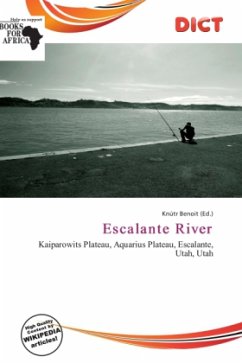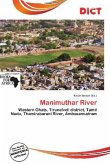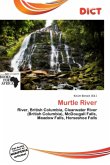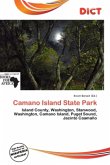Please note that the content of this book primarily consists of articles available from Wikipedia or other free sources online. The Escalante River is a tributary of the Colorado River. It is formed by the confluence of North and Birch Creeks near the town of Escalante in south-central Utah, and from there flows southeast for approximately 90 miles (140 km) before joining Lake Powell. Its watershed includes the high forested slopes of the Aquarius Plateau, the east slope of the Kaiparowits Plateau and the high desert north of Lake Powell. It was the last river of its size to be discovered in the 48 contiguous U.S. states. The river was first mapped and named by Almon Thompson, a member of the 1872 Colorado River expedition led by John Wesley Powell. It was named after Silvestre Vélez de Escalante, a Franciscan missionary and the first European explorer of the region. In 1776, Escalante and his Spanish superior Francisco Atanasio Domínguez left from Santa Fe, New Mexico on an attempt to reach Monterey, California. During this journey, usually referred to as the Dominguez-Escalante Expedition, Escalante and his companions passed by the Grand Canyon and were the first white men to enter Utah.








